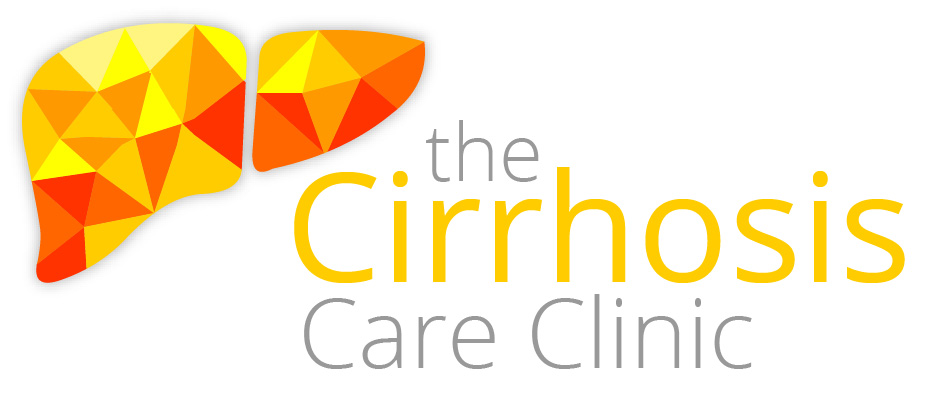Patients living with cirrhosis tend to avoid exercise for many reasons. Gradually, the muscles weaken and common tasks become more and more difficult to do. Loss of muscle strength affects balance, mobility, and can interfere with social activities and hobbies. Performing the right set of exercises at the right intensity can minimize muscle loss and weakness. This can help to maintain or increase your current activities.
Most patients with cirrhosis can and should exercise regularly. Talk to your physician about starting an exercise program before you begin.
Jump to: Warning Signs NOT to Exercise
THIS EXERCISE PROGRAM IS NOT MEDICAL ADVICE
The information and program made available on this website is based on a recent publication by a group of cirrhosis health specialists including doctors, physiotherapists, certified exercise professionals, and registered dietitians (Tandon P, Ismond KP, Riess K, Duarte-Rojo A, Al-Judaibi B, Dunn MA, Holman J, Howes N, Haykowsky MJF, Josbeno DA, McNeely M. Exercise in Cirrhosis: Translating Evidence and Experience to Practice. Journal of Hepatology. 2018;0:0 – Article in Press).
This website is maintained by the Cirrhosis Care Clinic, University of Alberta for information and assistance when living with cirrhosis or other liver diseases.

This website should not be relied upon or serve as a replacement for medical advice from your doctor(s). Do not disregard or delay or discontinue your ongoing medical treatment because of your use of this website. Your continued treatment by your qualified medical practitioners is important to your health. If you have any concerns, address these with your medical team.
Any medical guidelines or recommendations from your medical practitioner regarding exercise in liver disease supersedes any information on this website. The information on the website is provided on an “as is” basis without any representations or warranties.
Before starting the programming, please check with your doctor to ensure that this is safe for you and to assess your risk for veins in the food pipe (esophageal varices). The Introductory Level exercises are a safe starting point for most patients with cirrhosis as the exertion level and intensity are similar to performing every day activities of daily living (e.g., walking, dressing, bathing).

